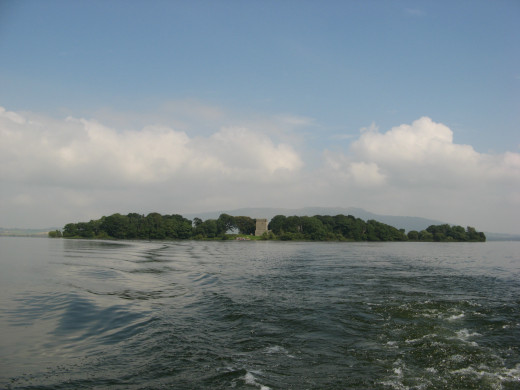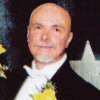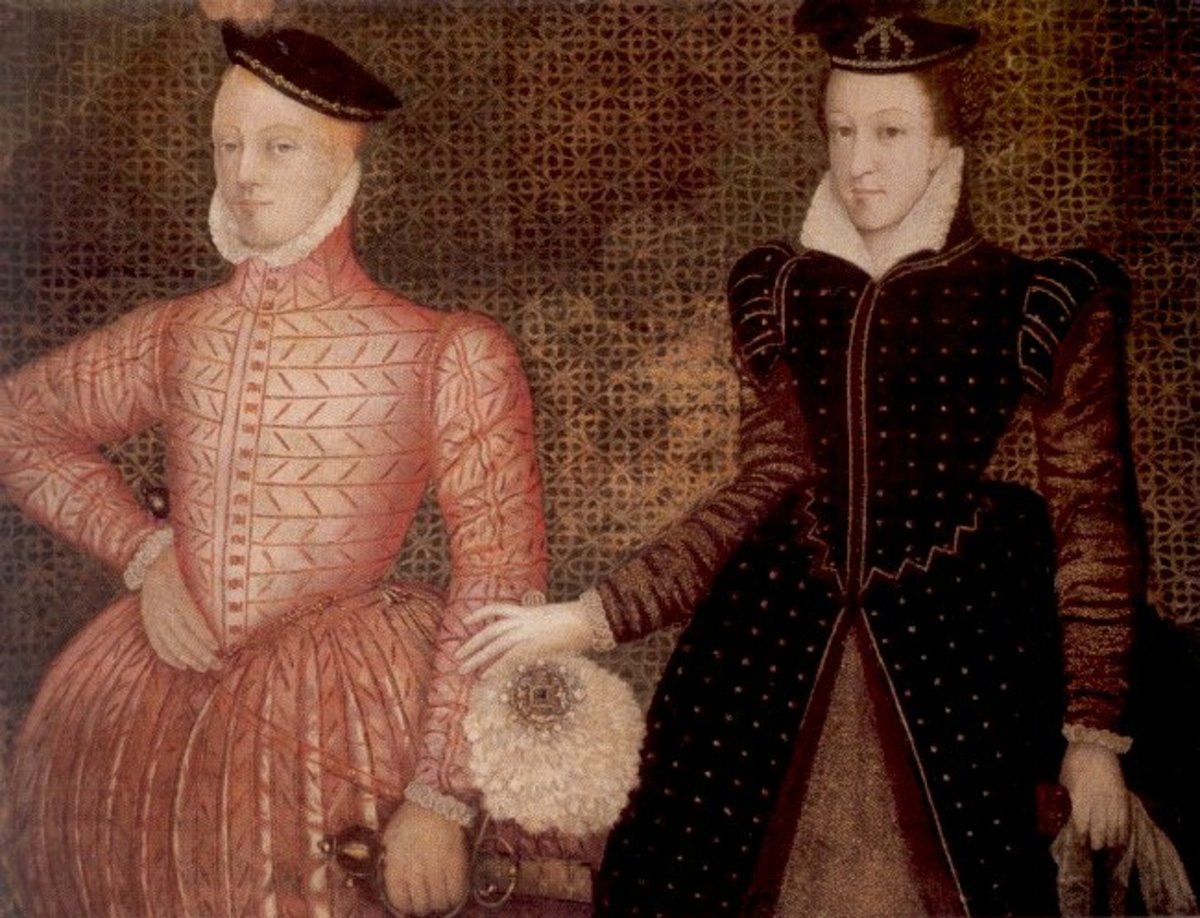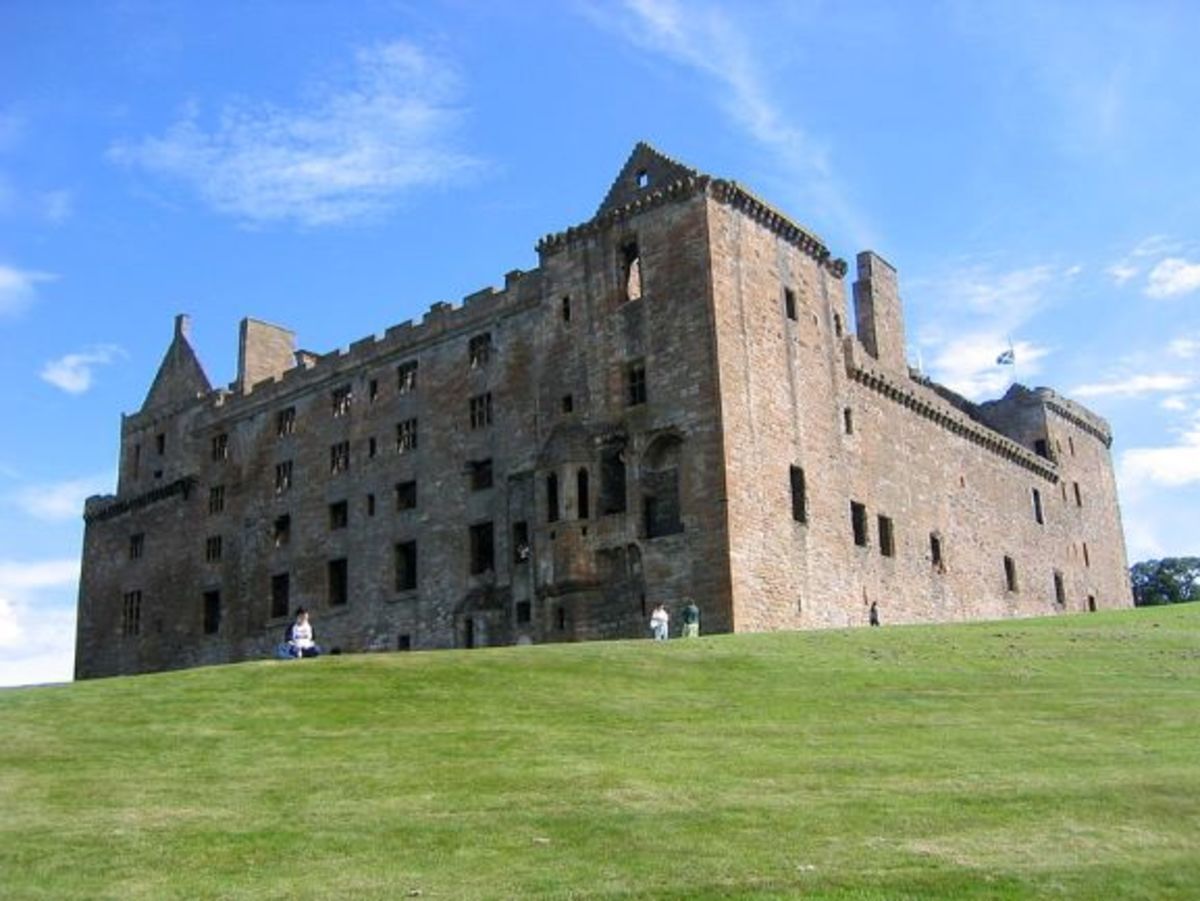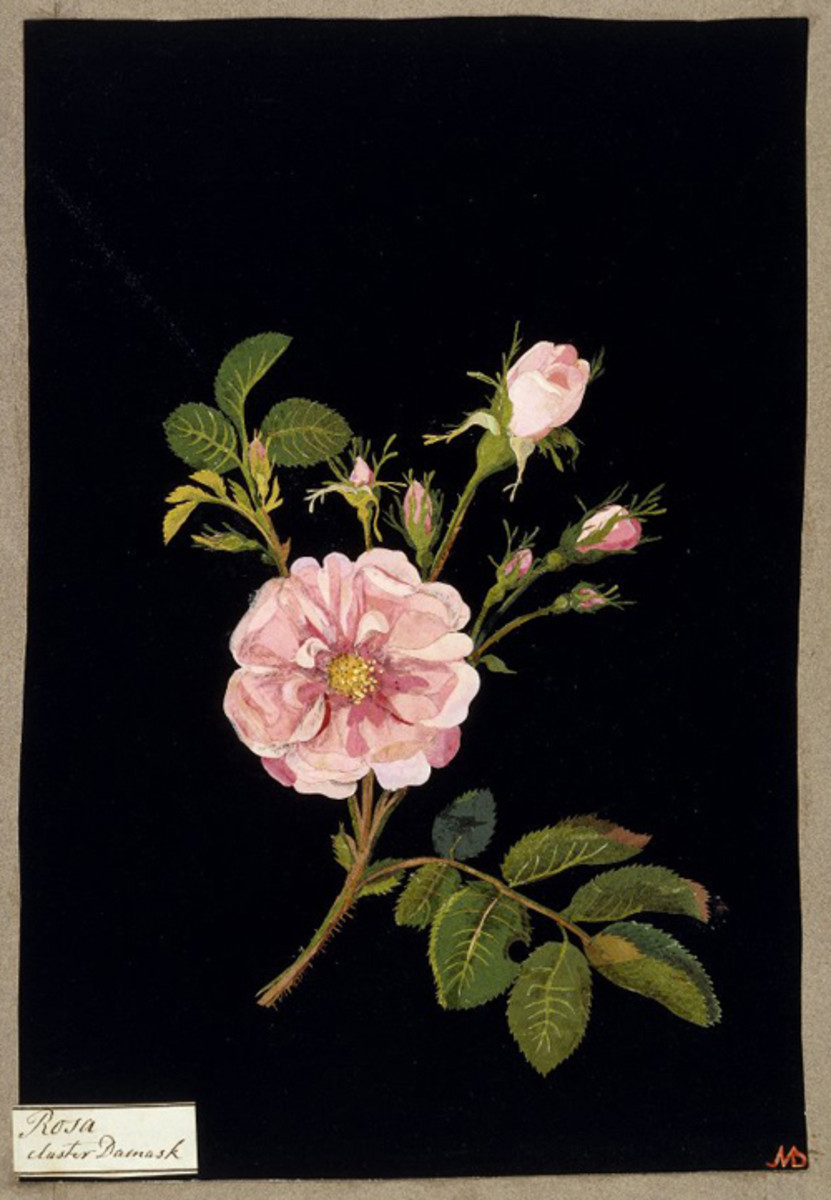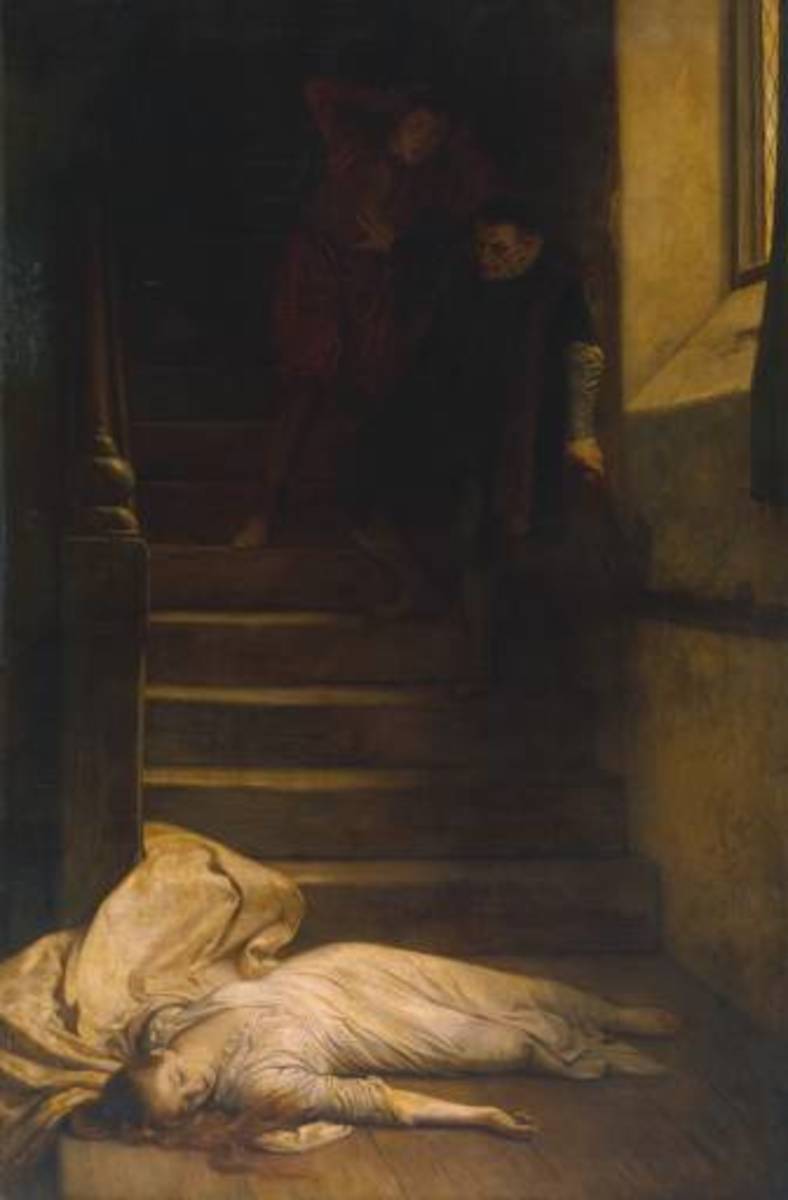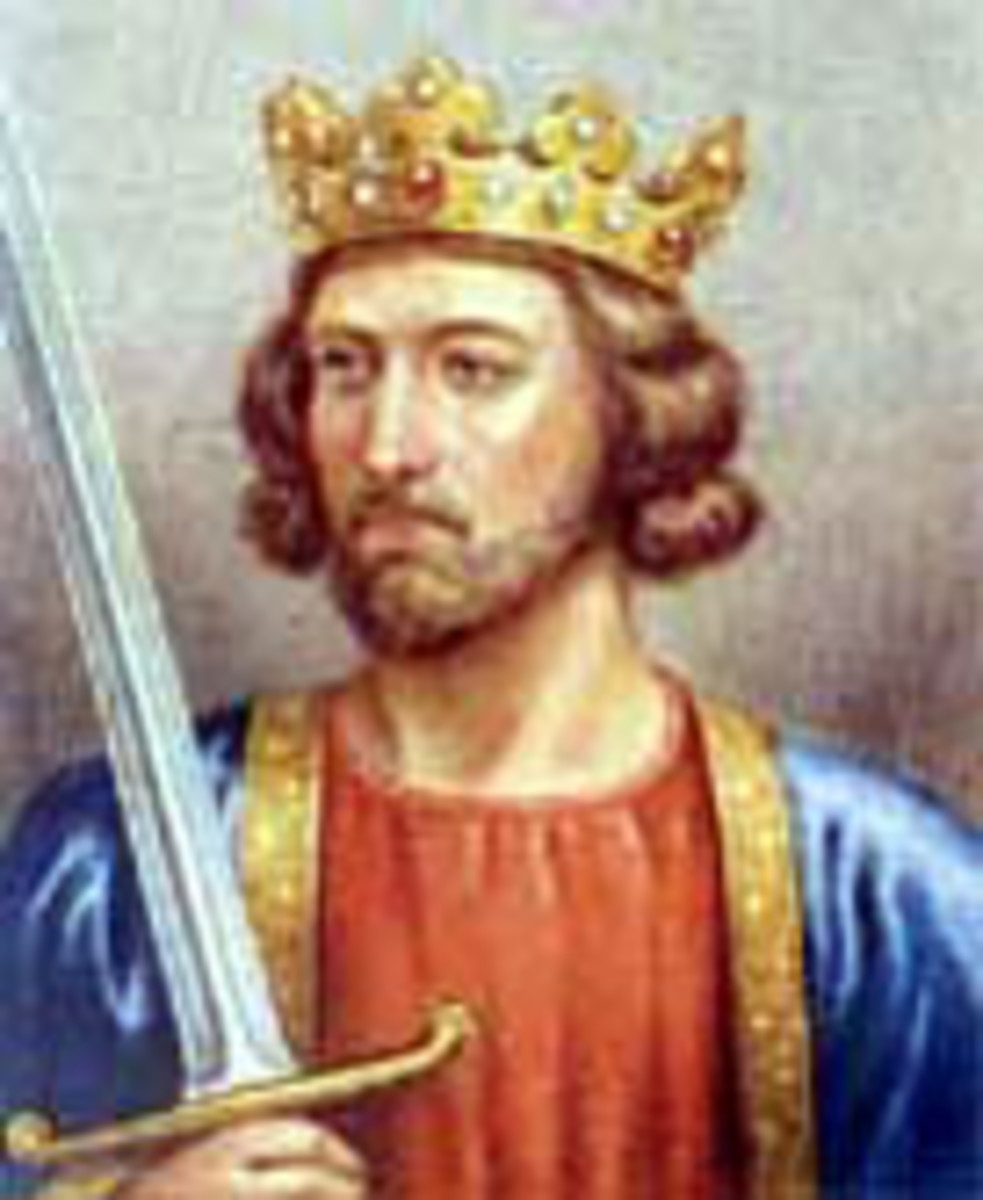Mary, Queen of Scots - The Most Unfortunate of Queens Who Could Have Claimed Three Kingdoms (Part II)
James Hepburn, Earl of Bothwell - Third Husband of Mary, Queen of Scots
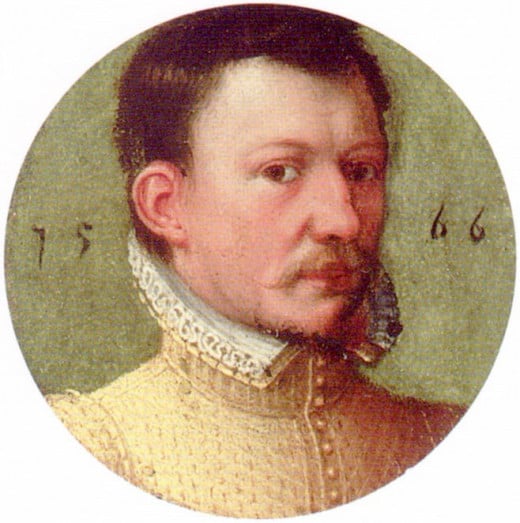
Her History Up Till Now
Mary, Queen of Scots has now been married twice. Her first husband, King Francis I died in 1560, just a little over a year into their marriage. Mary who had spent her formative years in France returned to her native Scotland in August 1561. Facing the problems of a monarch, she sought love. Married in July 1565, she soon found out how difficult marriage could be. She bore her first and only child in June 1566. By November of that year she was consulting with her nobles over the fate of her husband who had become "a problem" to her and the nobles.
What Really Happened on the Night of 9th February 1567
This is a mystery which has caused much debate among scholars throughout the centuries.
In late January through the beginning of February, King Henry Stuart better known to history as Henry, Lord Darnley had been convalescing from an illness, from a bout of a disease which has been speculated as being either smallpox or syphilis. He had been recuperating at his parents' home until Queen Mary had him brought to Kirk o' Field (the site of the Church of St. Mary of the Fields). Darnley had been staying at a two story building within the church quadrangle. called the Old Provost's. Queen Mary had been attending to Darnley daily, so based on outward appearances it looked as though a reconciliation was taking place between the Queen and her busband.
On the night of February 9th, Queen Mary was attending a wedding a Holyroodhouse Palace which was her official residence at the time and a ten minute walk from the Kirk o' Field. Sometime about 2 am on the morning of February 10th there was an explosion which shook the foundation of Kirk o' Field. It appeared that there were two barrels of gunpowder placed in a room under Darnley's bedroom. Darnley was not blown up in the explosion. Rather his body and the body of his manservant we later found in outside. Darnley was wearing only a nightshirt and had no marks on hime which could be associated with the blast. A determination was made that both men had been strangled to death sometime after the explosion.
What was the role that Mary, Queen of Scots played in her husbands death? Historians have debated that for centuries. Accounts have made Mary out to be the femme fatale, others as a murderess and adulteress, a tragic heroine lucky to be free from an abusive husband, and from events later in life, a religious martyr.
Was Mary an accomplice before the fact or merely after the fact? Was she really never involved?
A quote that came out much later at the trial of James Ormiston , one of the conspirators several years later, "It was thought expedient and most profitable for the common wealth ... that such a young fool and proud tyrant(sic. Darnley) should not reign or bear rule over them; ... that he should be put off by one way or another; and whosoever should take the deed in hand or do it, they should defend."[1]
This might make it appear that it was a plot cooked by the nobles. What makes this confession of James Ormiston suspect of complicity by Mary is the fact that a few months later (May 12, 1567) he would be knighted by the Queen. Another fact pointing to her knowledge before the death of her husband is that Orimiston was associated with her husband to be, James Hepburn,Earl of Bothwell whom she created Duke of Orkney (on May 12, 1567 and married 3 days later.
[1]Confession of James Ormiston, one of Bothwell's men, 13 December 1573, quoted (from Robert Pitcairn's Ancient Criminal Trials in Scotland from AD 1488 to AD 1624) in Weir 2008, p. 177; Fraser 1994, p. 279
Holyrood Palace in Edinburg, Scotland
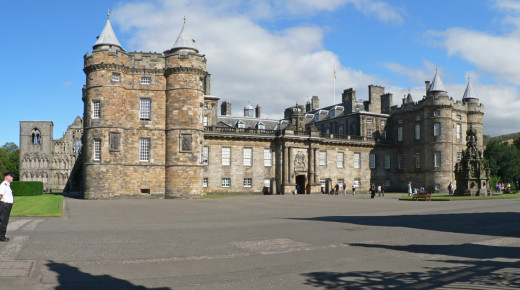
Aftermath: Marriage, Miscarriage, & Abdication
Suspicion fell upon Queen Mary and James Hepburn, Earl of Bothwell, a trusted advisor of Queen Mary. Bothwell was accused of being the lead conspirator in Lord Darnley's death but was found not guilty at trial by the Privy council of Scotland in April 1567.
Mary was misguided into thinking that her marriage to Bothwell would be well received and that she would be happy in it. The marriage turned out to be tempestuous, and Mary became depressed. Twenty-six noblemen known as the confederate lords, turned against Mary and Bothwell, fielding an army against them. Mary and Bothwell confronted the nobles at on June, 15th, 1567. No battle ensued as Mary's forces dwindled away through desertion during negotiations. Bothwell was given safe passage to leave the field of this "non-encounter" of armies.. The lords took Mary to Edinburgh, where crowds denounced her as an adulteress and murderer. What a shock this was to the young Queen for from birth she had pnly known fondness from her people. The following night, she was imprisoned at Loch Leven where she miscarried twins.Several days later, on July, 24th she was forced to abdicate in favor of her one-year-old son James. Her half-brother, the Duke of Moray was made regent, Bothwell was driven into exile. Ironically, on what would have been Mary's second anniversary of marriage to Lord Darnley, July 29th, 1567 her son James was crowned king in a Protestant ceremony.
Accusations and Imprisonment, Illness, and Escape
The autumn of the year 1567 was a difficult period in Mary's life. On August 22nd, her half-brother was proclaimed regent and Bothwell for all intents and purposes had disappeared. Her health which had been very poor over the summer was improving and not everyone in the odious and remote Castle of Loch Leven was hostile to her. George Douglass, the brother of the Laird of Loch Leven,the Laird being Mary's jailer, was smitten by the charms of the beautiful prisoner. Also, by September she was again writing to her servants to obtain materials and patterns of the latest fashions.
The lords who had forced the letter of abdication were now becoming uneasy about her imprisonment. They had to come up with a new reason for keeping her at Loch Leven. Public sentiment is always fickle and subject to change.. The reason the lords came up with was a simple one, Mary was being held because of her involvement with Darnley's death. The lords holding Mary captive were not without heir own problems, disaffection with the Regency of Moray being expressed more vocally.
In this atmosphere, Mary found some assistance in being able to smuggle out letters to Fance and England appealing for aid in her plight.The real assistance would come from within the castle. The Laird of Loch Leven and his brother George Douglas had a major quarrel and George had been ordered off the premises. George was able to make contact with the Queen's allies. What started out as a plotting with outside help evolved into plotting within the castle.
A young orphaned cousin, Willy Douglas had also been taken in by the Queen's charms. A plot was wet for the Queen's escape on May 2, 1568. Willy got hold of the Laird's keys. Mary in disguise of a simple peasant woman merely walked out of the castle and wilth Willy's assistance unlock the castle's gate and re-locking it proceeded to a waiting boat. Hidden beneath the boatman's seat Mary was carried across the loch to freedom.
She was met at the shore by George Douglas. and James Beaton, one of her servants. She went to meet with those loyal to her and as she passed on the country roads the country folk cheered as she passed.
This concludes Part II of Mary Queen of Scots. In the next and final chapter we arrive with Mary at the point in time she made a fateful decision.
The Gate at Loch Leven Castle
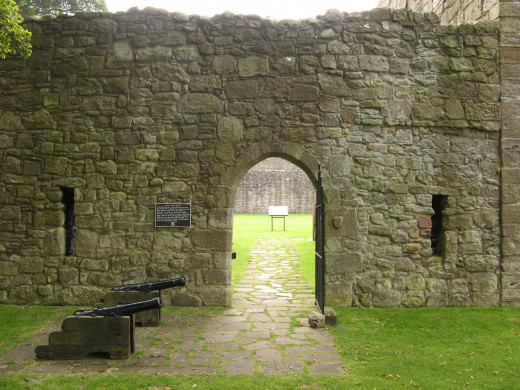
Loch Leven Island - The Desolate Site of Mary's Captivity
